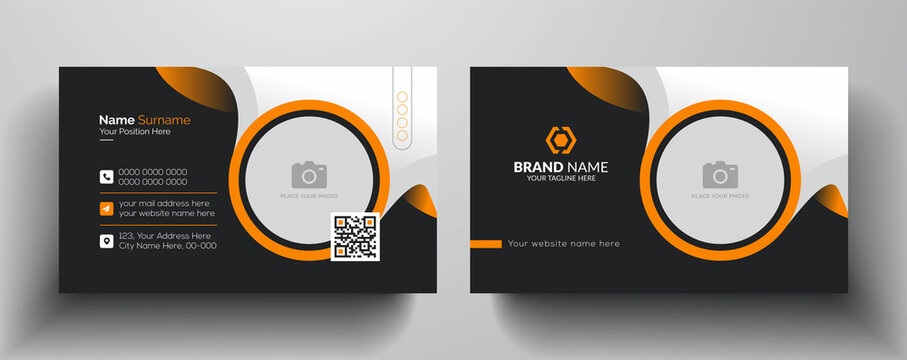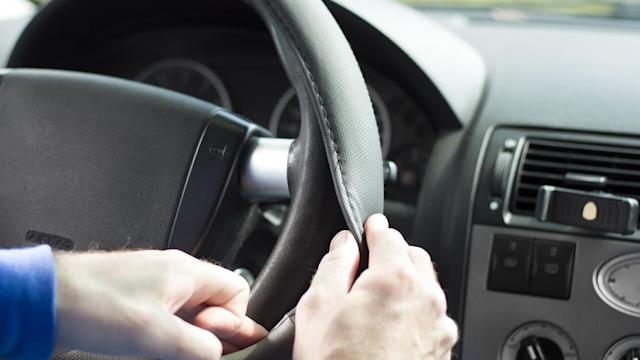Crafting the Perfect Photography Business Card: Making a Lasting Impression
In the fast-paced world of photography, where visual appeal is paramount, a well-designed business card can be the key to making a lasting impression on potential clients. Your business card is often the first tangible representation of your brand that a prospective client receives, so it’s crucial to ensure it reflects your professionalism and creativity. Let’s explore the essential elements to consider when creating a photography business card that stands out.
The secret of getting ahead is getting started. You can request publication of your article for publication by sending it to us via our Email below. businesshabblog@gmail.com or SMS/WhatsApp) or call +2347034920650. Click here to start business now with businesshab.com

1. Eye-Catching Design:
The design of your business card should be visually appealing and reflective of your photography style. Use high-quality images that showcase your best work, and consider incorporating elements like colour schemes and fonts that align with your brand. A clean, uncluttered design with ample white space will help your card look professional and easy to read.
2. Include Key Information:
Ensure that your business card includes essential information such as your name, photography business name, and contact details. Include multiple ways to reach you, such as your phone number, email address, and website. Make sure the text is legible and consider using a font that complements your overall design.
3. QR Codes and Social Media Links:
Embrace technology by including a QR code on your business card, linking directly to your portfolio or website. Additionally, add your social media handles to encourage potential clients to explore more of your work and connect with you on various platforms.
4. Paper Quality and Finish:
The tactile experience of a business card can leave a lasting impression. Opt for high-quality paper that feels substantial in hand. Consider finishes like matte, gloss, or even textured options to add a touch of luxury. The choice of paper and finish can enhance the overall perception of your brand.
5. Incorporate Branding Elements:
Consistency in branding is key. Ensure that your business card aligns with your overall brand image. Use the same logo, colour palette, and design elements that are present on your website and other marketing materials. This helps in creating a cohesive and memorable brand identity.
6. Highlight Your Specialization:
If you specialize in a particular type of photography (e.g., weddings, portraits, landscapes), make it clear on your business card. Use images that represent your niche to convey your expertise and attract clients looking for your specific skills.
7. Testimonials or Awards:
If you’ve received positive feedback or won awards for your photography, consider incorporating a brief testimonial or a small badge of recognition on your business card. This can add credibility and build trust with potential clients.
8. Call-to-Action:
Encourage potential clients to take the next step by including a subtle call-to-action. This could be an invitation to visit your website, follow you on social media, or schedule a consultation. Creating a sense of engagement can help turn a casual encounter into a potential business opportunity.
9. Keep it Simple:
While it’s essential to showcase your creativity, avoid overwhelming your business card with too many elements. A clutter-free design with a clear focus on your best work and key information will leave a more significant impact.
Remember, your photography business card is not just a piece of paper; it’s a tangible representation of your brand. By investing time and effort into creating a visually stunning and informative business card, you can leave a lasting impression on potential clients and set the stage for successful collaborations in the world of visual storytelling.
Creating the best photography business cards involves a combination of thoughtful design, quality materials, and strategic information placement. Here’s a step-by-step guide to help you get the most out of your photography business cards:
10. Define Your Brand Identity:
Before designing your business card, have a clear understanding of your brand identity. Consider your photography style, target audience, and the emotions you want to evoke. Your business card should be an extension of your brand.
11. Choose a High-Quality Design:
Invest in a professionally designed business card that reflects your style. If you have graphic design skills, you can create your own using design software or online platforms. Alternatively, hire a graphic designer who specializes in branding to ensure a polished and unique design.
12. Select Striking Images:
Showcase your best work on the business card. Select high-resolution images that represent your photography style and leave a lasting impression. Ensure that the images are clear and relevant to your niche or specialization.
13. Optimize Text Placement:
Carefully organize the text on your card. Place essential information such as your name, business name, and contact details prominently. Consider using a clean and legible font to ensure easy readability. If you have a tagline or a brief description of your services, include it to provide additional context.
14. Utilize the Back of the Card:
Don’t neglect the back of the card. Use this space for additional information, a QR code linking to your portfolio or website, or a striking image that complements the front. Utilizing both sides allows you to provide more information without cluttering the design.
15. Invest in Quality Materials:
Choose a high-quality paper that feels substantial and durable. The paper’s finish, whether matte or glossy, can also impact the overall look and feel. Consider adding special finishes like embossing or foil stamping for a touch of sophistication.
16. Incorporate Branding Elements:
Ensure consistency with your overall brand by using the same logo, color palette, and design elements found on your website and other marketing materials. Consistency helps build brand recognition.
17. Include Contact Options:
Provide multiple ways for clients to reach you. Include your phone number, email address, and website. If you’re active on social media, consider adding relevant handles or QR codes linking to your profiles.
18. Showcase Specialization:
If you have a specific photography niche, highlight it on your business card. Use images that represent your specialization to attract clients looking for those specific services.
19. Add a Call-to-Action:
Encourage potential clients to take the next step. Whether it’s visiting your website, checking out your portfolio, or scheduling a consultation, include a subtle call-to-action to prompt engagement.
20. Proofread Thoroughly:
Before printing, thoroughly proofread your business card for any errors. Typos or inaccuracies can detract from your professionalism. Have someone else review it as well to catch any mistakes you might have missed.
21. Print with a Reputable Service:
Choose a reputable printing service to ensure the final product meets your expectations. Research online printing companies or local print shops with positive reviews and samples of their work.
By carefully considering each of these steps, you can create photography business cards that not only represent your brand effectively but also leave a memorable and positive impression on potential clients.
